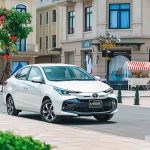Honda always has a solution for every situation, even the toughest ones. And the Honda City is the answer that the Japanese carmaker has for the current economic situation.
>> Honda City – another “affordable” model coming to Vietnam
The Honda City was first introduced as a small car in 1981, targeting the Japanese, European, and Australian markets. After 13 years, Honda decided to retire the City in its second generation.
Just two years later, the Honda City made a comeback with a series of compact sedans, mainly targeting emerging markets. The first was in a few Asian countries outside of Japan, followed by Latin America and Australia.
The fact that the Japanese saw a reason for the City to exist beyond the profit-driven mindset of the business world, or that Honda realized that, while not a storm, the City was a drizzle – steady and long-lasting, a silent warrior that never tired.
A product that deviated from the West and the US did not mean it was an unsuccessful product. Although a new name to many people, as of mid-2009, the cumulative sales of the City had exceeded 1.2 million units in 45 countries worldwide since the brand was revived in 1996. Honda showed the world that the City is an important piece of the puzzle that cannot be missing from the success of the leading business empire.
First Generation (1981 – 1986)
The first-generation Honda City was introduced in November 1981 with a revolutionary “Tallboy” design, providing exceptional height that allowed four adults to comfortably fit in a very small car (under 3.4m long). At the time of its launch, the City was the smallest car in Honda’s lineup, although it did not comply with Japan’s K-car regulations.
Honda City Cabriolet
The City’s main export markets were Europe, Australia, and New Zealand. In Europe, it was renamed Honda Jazz because the European automaker Opel also owned a City-branded model. Honda was very clever in bypassing import restrictions on passenger cars in Australia at the time by introducing this van to the market. Meanwhile, the Honda City was assembled in the New Zealand market. Production ended in late 1986 with the debut of the second-generation City, coded “GA.”
Second Generation (1986–1994)
Honda replaced the City AA series in 1986 with the second-generation GA1 model, which featured the slogan “City of talent” and received another update in 1989 with the GA2 code. The name Fit also first appeared as a City trim variant. In most markets outside of Japan, the City’s place was left vacant until it was filled by the Honda Logo in 1999.
Honda City 1988
In this round of updates, there were significant changes to the exterior, including a low and wide design, contributing to a reduction in weight, combined with improvements to enhance performance. This style reflects the similarity to the first-generation “K” car Honda Today and the globally successful Honda Civic third generation. In addition, this generation borrowed almost all the exterior dimensions and engines from the first-generation Civic.
The City was equipped with the D12A 1.2-liter SOHC 4-cylinder 16-valve engine with a single carburetor that could produce 75 horsepower at 6,500 rpm, paired with a 5-speed manual or a 4-speed automatic transmission. By October 1988, the main engine was changed to the D13C 1.3-liter I4 SOHC. At this time, in addition to the traditional carburetor, the City was also equipped with Honda’s PGM-FI fuel injection system.
Third Generation (1996–2002)
After the two-year interruption, the Honda City made a comeback with the third-generation (code SX8) in 1996, based on the EF Civic platform. It was designed specifically for the Southeast Asian market and was launched with the slogan “Intelligent for a new generation.”
Production began at a brand new factory in Ayutthaya, Thailand in April 1996. From the start, the Thai City already had over 70% of local content. Reinforcements were built with three separate parts to facilitate transportation from Japan. This generation was also sold in Japan along with the Honda Domani at Honda Clio dealerships throughout the country.
Honda City 2000
The City was still a small car under the Honda Civic, but the sedan version was meant to be for developing markets in Asia, and it was locally manufactured in Pakistan, Thailand, Malaysia, Indonesia, the Philippines, and India.
The modified version of the third-generation City was launched in 2000, called the “City Z” and was released in several markets. In 2001, the VTEC variant of the City was introduced, featuring 15-inch alloy wheels and rear disk brakes for better handling. The upgraded models received new front and tail lights, as well as a one-piece bumper.
The third-generation models were equipped with the fuel-efficient D13B and D15B SOHC 16-valve engines. The initial 1.3-liter D13B engine could produce 94 horsepower at 6,400 rpm, with a top speed of 171 km/h and accelerating from 0 to 100 km/h in 11.3 seconds. Later, the City was equipped with the D15B 1.5-liter engine with VTEC feature, generating 113 horsepower. The VTEC variant had a 0-100 km/h acceleration time of about 10 seconds.
In some markets, the City was one of the few small cars equipped with an independent rear suspension system. However, Honda had to remove it in subsequent models due to the high cost.
Fourth Generation (2002–2008)
The fourth-generation City was unveiled worldwide at the Thailand International Auto Show in November 2002. It is currently available as a four-wheel-drive version. For the Japanese market, this model is imported from Thailand and sold under the name Fit Aria. “Aria” is an expressive musical form commonly heard in operas. Honda continued its tradition of music-related names with the Honda Prelude, Honda Accord, Honda Ballade, Honda Quintet, and Honda Concerto. In China, this model is called the Fit Saloon and was sold from September 2003 to December 2008.
Initially, the City was launched with the i-DSI engine, producing 88 horsepower primarily designed to provide exceptional fuel efficiency. The VTEC version was introduced later. The VTEC feature was offered with 15-inch alloy wheels and rear stabilizer bars for better handling. Meanwhile, i-DSI had 14-inch wheels and drum brakes.
Honda City 2005
In September, October, and November 2005, the modified version of the Honda City was released in Thailand, Malaysia, and Indonesia, respectively. It was known as the City ZX in Thailand, New City in Indonesia and Malaysia, and City in Singapore and Pakistan. The most notable changes were in the exterior, including a new front grille, headlights, fog lights, tail lights, and bumper. The front overhang was extended by 65mm, while the rear overhang was increased by 15mm. The electric side mirrors could be folded. Both i-DSI and VTEC were equipped with 15-inch alloy wheels. There were almost no significant changes in the interior, except for the driver’s armrest and additional map lights.
The City in India, Thailand, Indonesia, the Philippines, Pakistan, Singapore, and Malaysia used the CVT gearbox for both the i-DSI and VTEC variants.
Fifth Generation (2008 – present)
The fifth and current generation of the Honda City was announced in Bangkok, Thailand, in September 2008, and subsequently introduced to other Asian markets in the following months. This car is produced in several locations, including Thailand, Pakistan, and Brazil.
Depending on the market conditions, the City is offered with different engine options and specifications. In general, in the Asian market, the City comes in three variants: S, V, and SV. In some markets, S and SV are replaced by the E version. In South America, you can find the City DX, LX, EX, and EXL.
Honda City 2009
In Indonesia, the engines include a 1.3-liter 4-cylinder engine producing 98 horsepower at 6,000 rpm and a 1.5-liter 4-cylinder engine with 120 horsepower, available with both manual and automatic transmission options. On the other hand, the Chinese versions are equipped with a 1.8-liter R18A engine.
In South America, the City shares the i-VTEC 1.5-liter engine with the Honda Fit, capable of producing 115 horsepower. The City is also available in some European countries for a short period with a 1.4-liter i-VTEC engine paired with a 5-speed manual or a 6-speed i-SHIFT transmission.
Since its launch in India in November 2008, the City has become the best-selling Honda model in the country, even surpassing Thailand – the City’s best-selling market.
In February 2009, Honda Australia launched the City imported from Thailand with two variants: 1.5-liter VTi and VTi-L. According to Honda Australia’s Director, Yasuhide Mizuno, the City will compete with other small sedans such as the Toyota Yaris, Holden Barina, Nissan Tiida, and replace the smaller previous-generation Civics.
Honda City 2012
The Honda City in Australia is not an excellent car, but it is practical for city dwellers. So, if you are looking for a small sedan that is easy to maneuver in the city while still providing enough space for your daily shopping needs, the City is worth considering.
“The Honda City 2012 still offers the best package compared to its main rivals, from the reliable Toyota Vios to the attractive Ford Fiesta. The small sedan segment is more competitive than ever, but in general, the Honda City 2012 is still our choice in this segment with its stylish exterior, spacious and high-quality interior, and good handling capabilities.” – Livelifedrive.com (Malaysia).
“The City is not a perfect car, but it is practical for urban living. So, if you are looking for a small sedan that can easily navigate the city while still providing enough space for your daily shopping needs, then the City is a car worth considering.” — carsguide.com.au (2012 sedan).
“Modern and contemporary design with high-quality interior makes the City a step closer to being a perfect premium sedan. The fit and finish in this sedan are the best among its competing rivals.” – Cartrade.com.
Ngọc Điệp (TTTĐ)

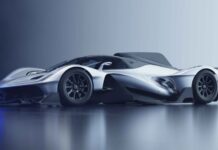
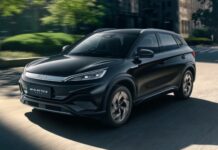
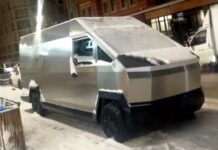
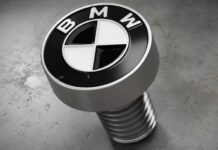

























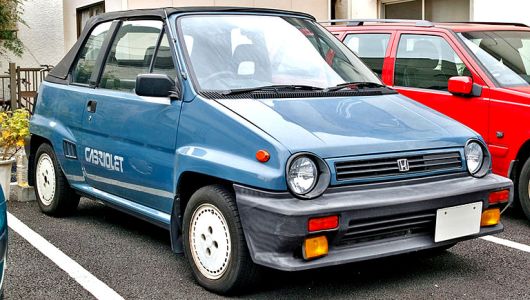

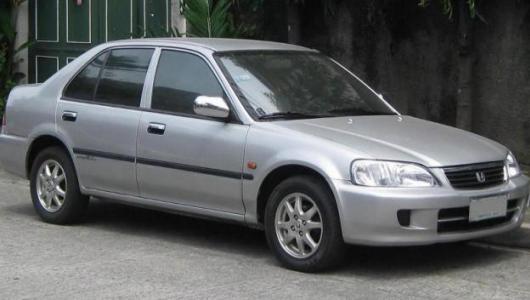
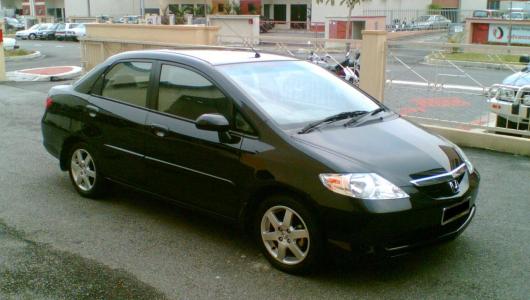
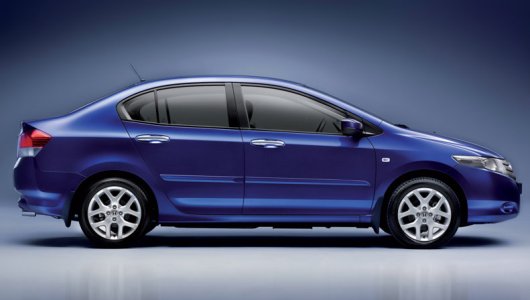
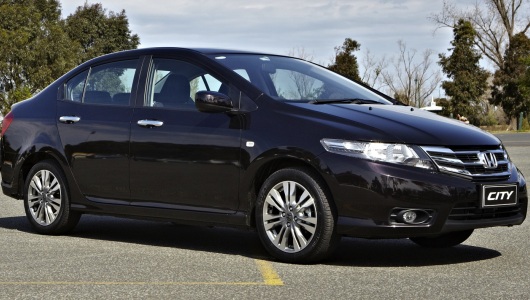
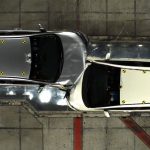
![[CAR REVIEW] Honda City 2023: Easily Satisfying Consumers](https://vnauto.net/wp-content/uploads/2023/10/xehay-hondacity-26092023-1-150x150.jpg)
